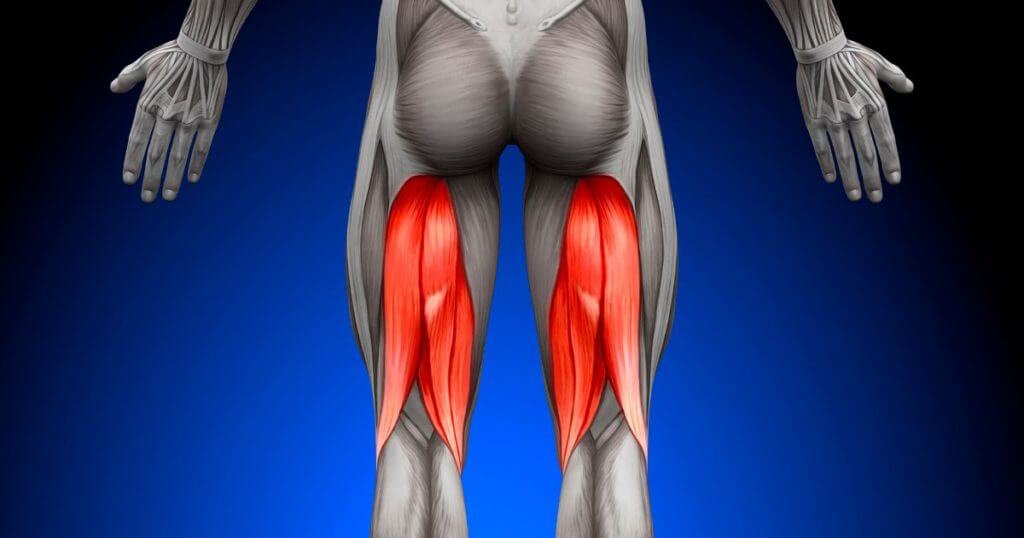As we move into March, summer sports are winding up and the focus has moved to winter sports.
The activities people do in summer often vary to the football / netball / hockey they may play through winter (or the other alternative of not doing anything over summer). This means that hamstrings can be less conditioned than they were at the end of last season. This presents a problem for those eager to head back into their winter weekend sport – just because you’ve played indoor hockey over summer, doesn’t mean your hamstrings are ready for Aussie Rules.
Hamstring strains generally occur in one of two ways; the first involves the rapid contraction of the muscle that occurs with explosive movement and the second involves the lengthening of the muscle when under excessive load. These movements occur repeatedly in Aussie Rules Football, Soccer, Hockey and Rugby.
Protecting your hamstrings involves load management (how much running you’re doing, particularly at high speed) and specific strengthening exercises for the hamstring and gluteal muscle groups.

With the uncertainty of COVID-19 all around us, many amateur competitions are postponed at the moment. While this is disappointing for many, it can become the perfect time to improve hamstring and gluteal strength.
Below are two excellent exercises for strengthening the hamstrings – we’ve included some variations which you may find helpful.
Single Leg Bridging
One of the proven rehabilitation principles is to help recondition the hamstring tendons by performing eccentric strengthening exercises – such as with a raised leg bridge. Eccentric exercises place load through the hamstring tendons as the tendon is being lengthened. Such exercise has been found to be highly beneficial in assisting the tendons to regain integrity.
We recommend doing 3 sets of 12 repetitions of this exercise.
Eccentric Hamstring Contraction Max (Nordic)
This exercise is designed to maximally load your hamstrings using only gravity and your bodyweight. Ideally using a partner, kneel on a mat and put your arms across your chest. Have your partner hold your lower legs, lean forwards and control your descent for as long as possible. When you fail, use your arms to control your fall.
If you find this exercise too challenging the use of a fitball or resistance band will support you and slow your “fall”. This is a good way of starting out on what is a challenging exercise.
Complete 3 sets of 3 reps. Rest for 90 seconds between each set.
Click here for more Beechboro Physiotherapy instructional stretching videos!
